Asexuality And International Asexuality Day: Dispelling Myths
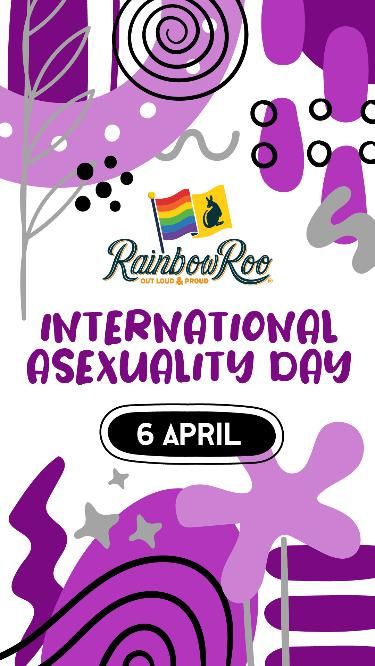
Table of Contents
Myth 1: Asexuality is a Choice or a Phase
The notion that asexuality is a choice or a temporary phase is fundamentally incorrect. Asexuality, like heterosexuality, homosexuality, and bisexuality, is a sexual orientation—a deeply ingrained aspect of an individual's identity. Extensive research in the fields of psychology and biology points towards a complex interplay of genetic, hormonal, and environmental factors shaping sexual orientation. The idea that someone can "choose" to be asexual ignores the lived experiences of countless individuals who have consistently identified as asexual throughout their lives. The "phase" argument similarly disregards the enduring nature of this orientation.
- Asexuality is a valid sexual orientation. It's not a lifestyle choice or a decision one makes.
- It is not a mental illness or disorder. The American Psychiatric Association and other leading mental health organizations do not classify asexuality as a pathology.
- It's not a result of trauma or a lack of trying. Asexuality isn't caused by negative experiences or a lack of sexual exploration.
Myth 2: Asexual People Don't Experience Attraction
This misconception stems from a narrow definition of attraction. While asexual individuals do not experience sexual attraction, they can and do experience other forms of attraction. These can include:
- Romantic attraction: A desire for a romantic relationship with another person.
- Sensual attraction: Enjoyment of physical touch and intimacy.
- Platonic attraction: A strong desire for friendship and companionship.
The asexual community encompasses a diverse range of identities, each reflecting unique experiences of attraction:
- Asexual (Ace): Experiences no sexual attraction.
- Aromantic (Aro): Experiences no romantic attraction.
- Demisexual (Demi): Experiences sexual attraction only after forming a strong emotional connection.
- Gray-asexual (Gray-Ace): Experiences sexual attraction rarely or weakly.
Understanding these nuances is crucial to dispelling the myth that asexual individuals are devoid of all forms of attraction.
Myth 3: Asexual People Are Broken or "Repressed"
The idea that asexuality is a pathology or a sign of repression is deeply damaging. It equates a natural variation in sexual orientation with a deficiency or disorder. This harmful misconception often leads to:
- Internalized shame and self-doubt: Asexual individuals may struggle with accepting their identity due to societal pressure and negative stereotypes.
- Difficulty finding partners or understanding relationships: The lack of representation and understanding makes it challenging for asexual individuals to navigate relationships.
- Exclusion and lack of representation in media: The invisibility of asexual experiences perpetuates the misconception that asexuality is rare or abnormal.
Asexuality is a normal and valid sexual orientation; it's not a broken state or something to be "fixed."
Myth 4: Asexual People Cannot Have Satisfying Relationships
Asexual people build diverse and fulfilling relationships, prioritizing emotional connection, shared interests, and mutual respect. The misconception that sexual activity is a prerequisite for a satisfying relationship overlooks the richness and complexity of asexual experiences. Asexual individuals may engage in:
- Queerplatonic relationships: Close, intimate relationships emphasizing emotional connection and commitment without romantic or sexual aspects.
- Romantic relationships with varying levels of sexual activity: Some asexual individuals may engage in sexual activity with their partners, while others may not. The level of sexual activity doesn't define the quality of the relationship.
- Focus on emotional connection and shared interests: The foundation of asexual relationships is often built on strong emotional bonds, shared goals, and mutual support.
Celebrating International Asexuality Day & Promoting Understanding
International Asexuality Day is a vital opportunity to celebrate asexuality and challenge the misconceptions surrounding it. By actively participating in IAD, we can create a more inclusive and accepting society. Here are some ways to participate:
- Educate yourself and others about asexuality. Use reliable sources and share accurate information.
- Support asexual-owned businesses. Show your support for asexual individuals and their contributions to society.
- Share information and resources online. Help spread awareness and combat misinformation.
- Attend or organize IAD events. Connect with the asexual community and celebrate together.
You can find further information and resources at [link to relevant organization 1] and [link to relevant organization 2].
Conclusion: Embracing Asexuality and its Diversity
This article has addressed four common myths surrounding asexuality, emphasizing that it's a valid and diverse sexual orientation. Asexuality is not a choice, a phase, a pathology, nor a barrier to fulfilling relationships. It's essential to recognize and celebrate the broad spectrum of asexual identities and experiences. Learn more about asexuality and how you can support the asexual community this International Asexuality Day and beyond. Let's work together to foster understanding, inclusivity, and respect for all sexual orientations, including the often overlooked yet significant experience of asexuality.

Featured Posts
-
 Aspirantes A Diputados Del Movimiento Nueva Corriente Conociendo A Los Candidatos
May 19, 2025
Aspirantes A Diputados Del Movimiento Nueva Corriente Conociendo A Los Candidatos
May 19, 2025 -
 Najgori Rezultati Hrvatske Na Eurosongu Popis I Analiza
May 19, 2025
Najgori Rezultati Hrvatske Na Eurosongu Popis I Analiza
May 19, 2025 -
 Third Times The Charm Portugals Repeat Election And Its Implications
May 19, 2025
Third Times The Charm Portugals Repeat Election And Its Implications
May 19, 2025 -
 Morales Winning Streak Continues Another Bonus At Ufc Vegas 106
May 19, 2025
Morales Winning Streak Continues Another Bonus At Ufc Vegas 106
May 19, 2025 -
 Cohep Asegurando La Transparencia Del Proceso Electoral
May 19, 2025
Cohep Asegurando La Transparencia Del Proceso Electoral
May 19, 2025
Latest Posts
-
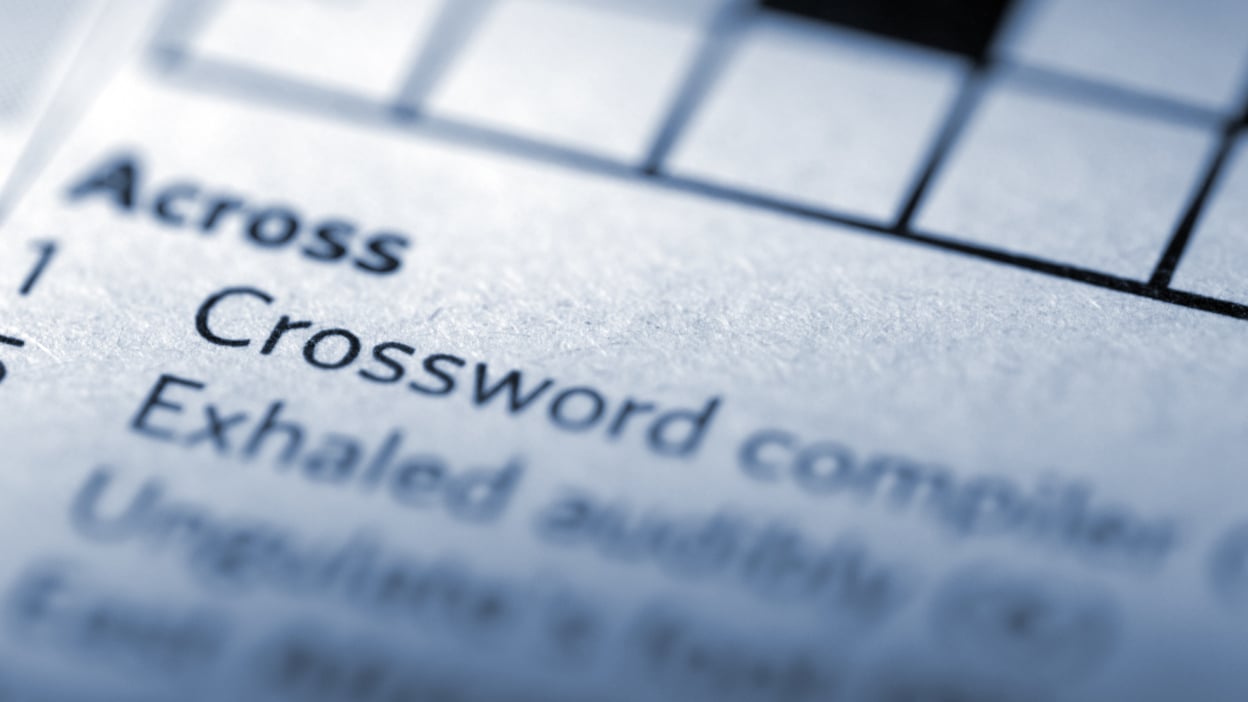 Nyt Mini Crossword Solutions March 13
May 20, 2025
Nyt Mini Crossword Solutions March 13
May 20, 2025 -
 Solve The Nyt Mini Crossword March 8 Answers
May 20, 2025
Solve The Nyt Mini Crossword March 8 Answers
May 20, 2025 -
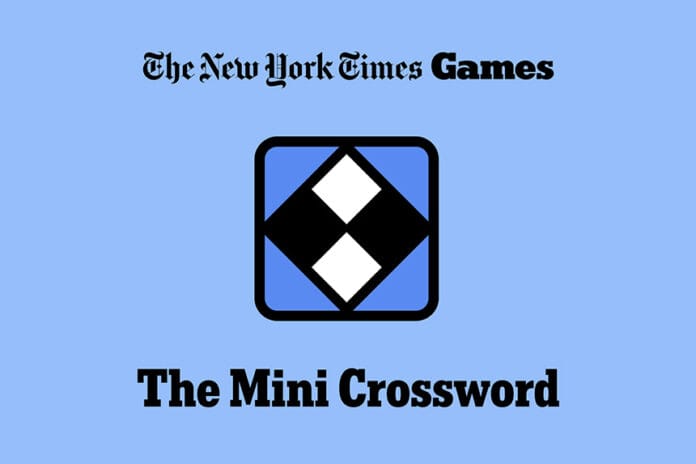 Solve The Nyt Mini Crossword Answers For March 13
May 20, 2025
Solve The Nyt Mini Crossword Answers For March 13
May 20, 2025 -
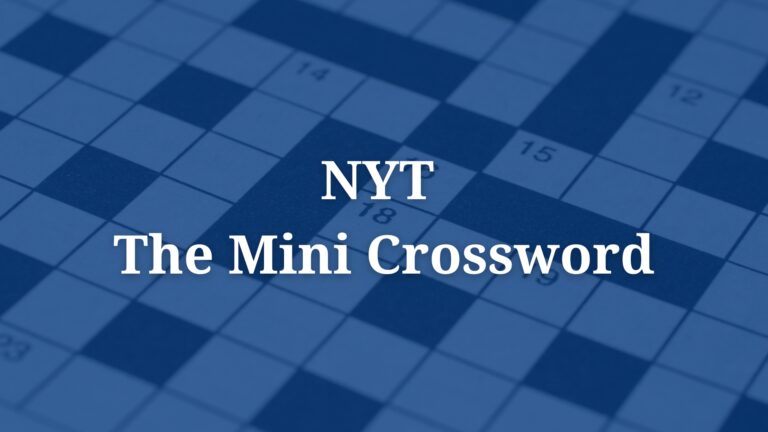 March 8 Nyt Mini Crossword Solutions
May 20, 2025
March 8 Nyt Mini Crossword Solutions
May 20, 2025 -
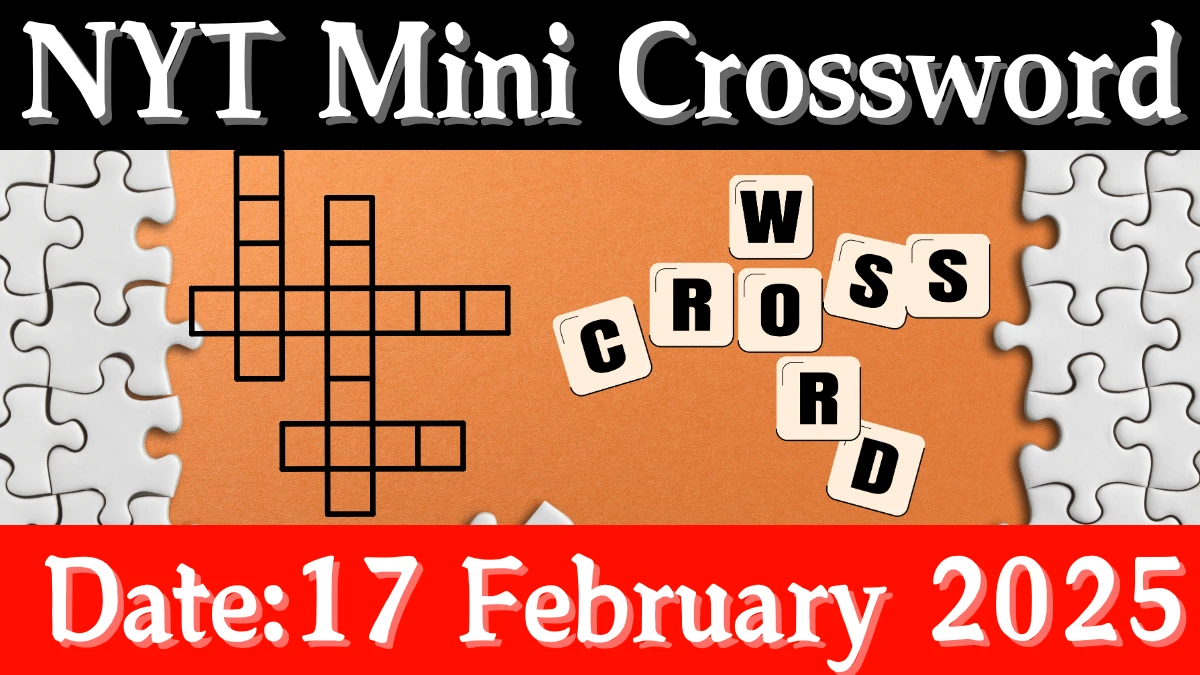 Nyt Mini Crossword Answers February 25th Solutions
May 20, 2025
Nyt Mini Crossword Answers February 25th Solutions
May 20, 2025
